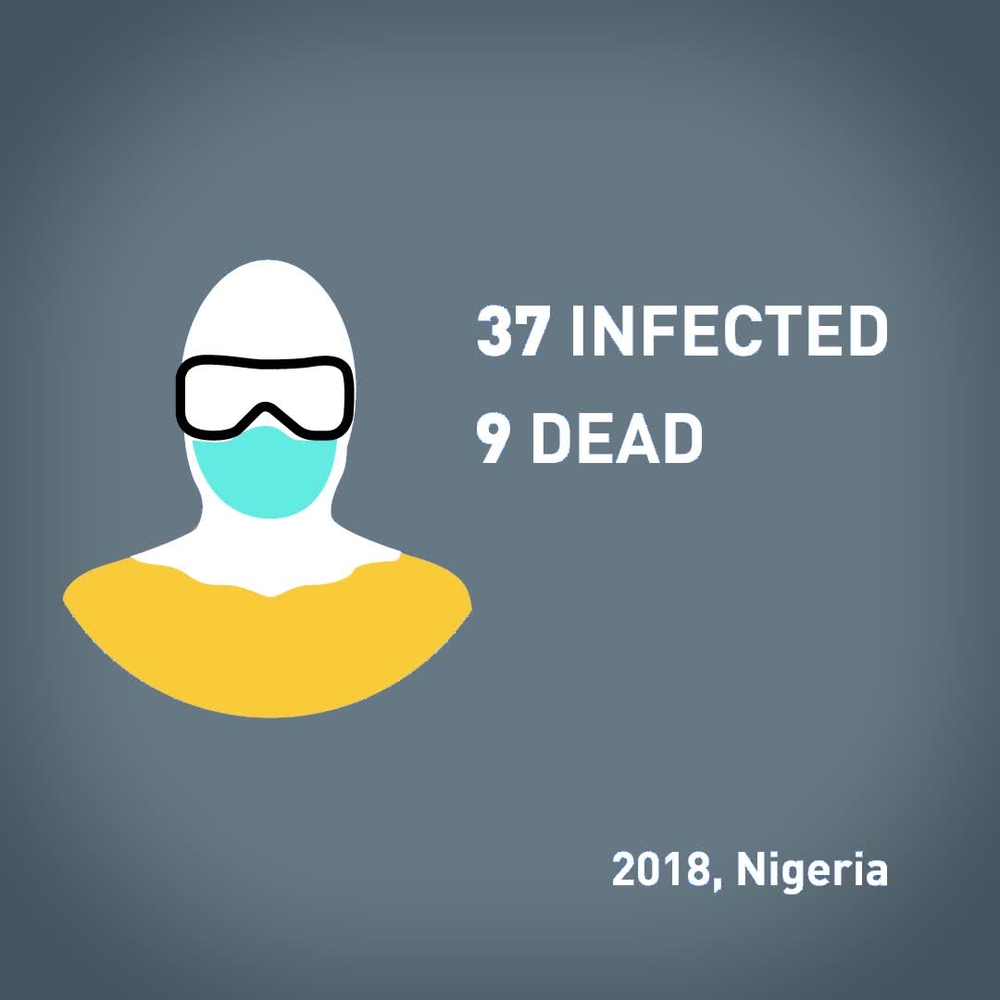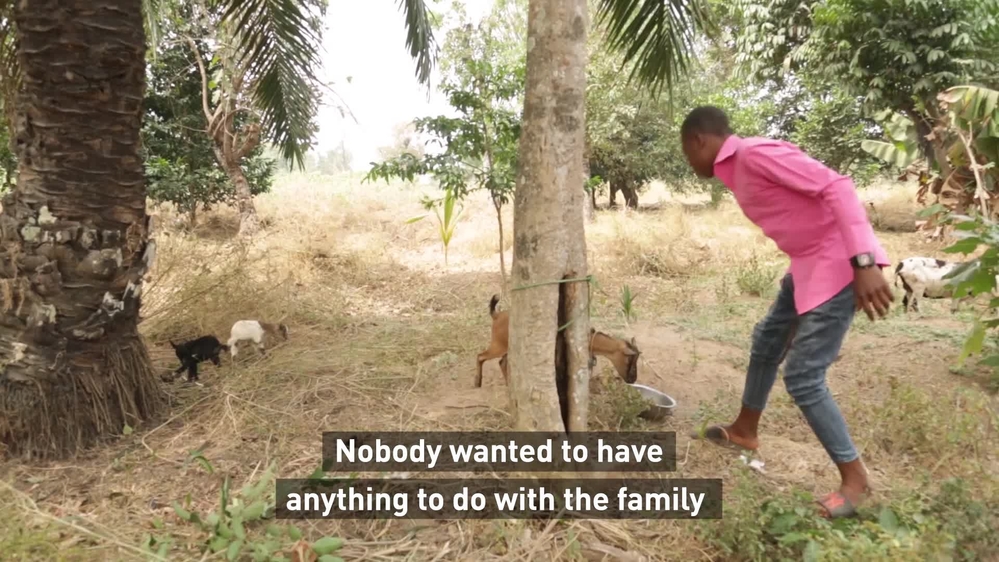Despite affecting up to 300,000 people a year across West Africa, and causing more than 5,000 deaths annually, Lassa fever is a poorly understood disease that is challenging to diagnose and treat.
This year marks 50 years since the identification of the virus causing Lassa fever in the village of Lassa, in Nigeria. It is a type of viral haemorrhagic fever that is endemic in West Africa countries of Nigeria, Sierra Leone, Guinea, Liberia and Benin.
“It has been half a century since Lassa fever was discovered in northern Nigeria, but healthcare workers in West Africa still urgently need appropriate equipment and training to safely manage patients of all ages affected by the disease,” Dr Hilde De Clerck said, speaking at the first ever international conference on Lassa fever, held on 16 and 17 January in Abuja, Nigeria.
“Research into better tools for timely diagnosis and treatment is also necessary to save more lives in the future,” added Dr De Clerck, who presented MSF’s experience in managing Lassa fever in a paediatric reference centre in Godoma (Bo), Sierra Leone.

Lassa fever explained
What is Lassa fever and why is it so hard to diagnose and treat?
Lassa fever is a viral haemorrhagic fever that spreads to humans through contact with infected rats.
“One of the major challenges of treating Lassa fever is the nature of the disease itself because at the onset, it mimics diseases like malaria,” says Dr Umezurike Daniel, the health commissioner of Nigeria’s Ebonyi state.
Only a few laboratories in the world can diagnose the virus—which often leads to delays in starting treatment.
“A lot of time is wasted before the patient actually presents for treatment, and the prognosis gets very bad if treatment is not commenced within six days from the onset of symptoms,” Dr Umezurike explains.
Managing Lassa fever also requires appropriate use of personal protective equipment and other infection prevention and control measures, to protect healthcare workers and relatives of patients.
Nigeria experienced its largest outbreak on record in 2018
In March 2018, MSF teams joined the response to one of Nigeria’s largest ever Lassa fever outbreaks.
Twenty-three states in Nigeria reported 3,498 Lassa fever suspects during 2018, with 45 healthcare workers among the 633 confirmed cases.

Andrew's story of Lassa fever
MSF continues to support the 700-bed Federal Teaching Hospital Abakaliki (FETHA) and the Ministry of Health in Nigeria’s Ebonyi state, which was one of the hardest hit by the outbreak.
“A major goal of the MSF collaboration with FETHA and the Ebonyi state Ministry of Health is to train hospital staff to protect themselves from infection, by rapidly identifying and safely isolating suspected Lassa fever cases presenting in the wards,” said Dr Maikere Jacob, MSF medical coordinator in Nigeria.
“We also aim to develop improved case management practices and facilitate preventive actions in the community. All these measures are important steps in saving lives and curtailing transmission of the disease,” Dr Jacob concludes.






